My Favourite Painting: Kate Corbett-Winder
The gardener and artist Kate Corbett-Winder chooses an Ivon Hitchins painting of nature.

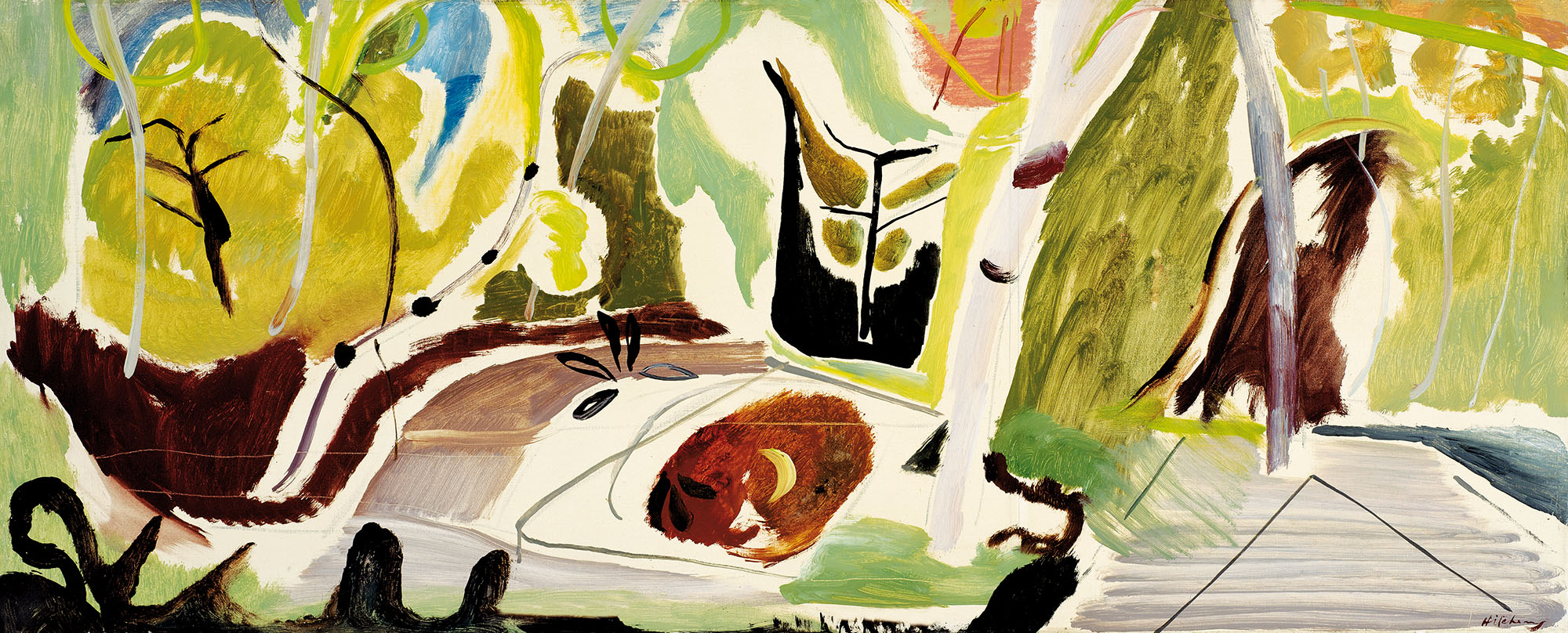
Kate Corbett-Winder on her choice, Spring Moon (Reflected In A Pool) by Ivon Hitchens
‘As a painter of landscape and Nature, I have always loved this early Ivon Hitchens. It has a freedom and apparent spontaneity that I find inspirational beyond words. I love its abstractness — the composition of curving shapes that dance across the canvas, the variety of brushmarks and drawn lines and the way that nothing is over-explained or over-finished.
‘I love its sense of space and the passages of off-white canvas that let the picture breathe — and it has a magical palette that conjures spring in all its acid greens, sharpened by those crescents of burnt sienna and a touch of cerulean blue.’
Kate Corbett-Winder is a gardener and artist specialising in landscapes and floral paintings. An exhibition of her work is at Long & Ryle gallery, London SW1, from February 22.
Charlotte Mullins comments on Spring Moon
This fresh and lively abstract landscape was painted by Ivon Hitchens a year before the outbreak of the Second World War. Over a white ground, broad strokes of lime and sage green suggest trees, as arabesques of blue create a sky. In a pool defined by a cursory grey line and a muddy brown surface, a crescent moon is reflected. There’s such dynamism to the placement of lines and colours in the composition that the whole scene seems alive, at once an evocation of the fecundity of Nature and an abstract canvas covered in swooping shapes and forms.
Hitchens adopted this distinctive horizontal format a year before Spring Moon (Reflected In A Pool) was painted and it was perfect for his rhythmic landscape scenes. As an artist, he hovered in the liminal space between figurative and abstract painting, his roots in Fauvism and the paintings of Matisse, but also inspired by Kandinsky’s writings on the spiritual in art. He joined progressive London societies that included Ben and Winifred Nicholson as members and, unlike many of his peers, survived the cull at the Seven and Five Society when, under Ben Nicholson’s leadership, it was decided that the 1935 annual exhibition would only include ‘non-representational’ work.
With the advent of war, Hitchens moved his family to Petworth, West Sussex, initially living in a brightly painted caravan. He went on to represent Britain in the Venice Biennale in 1956 and had retrospectives at Tate in 1963 and the Royal Academy of Arts in 1979, the year he died.
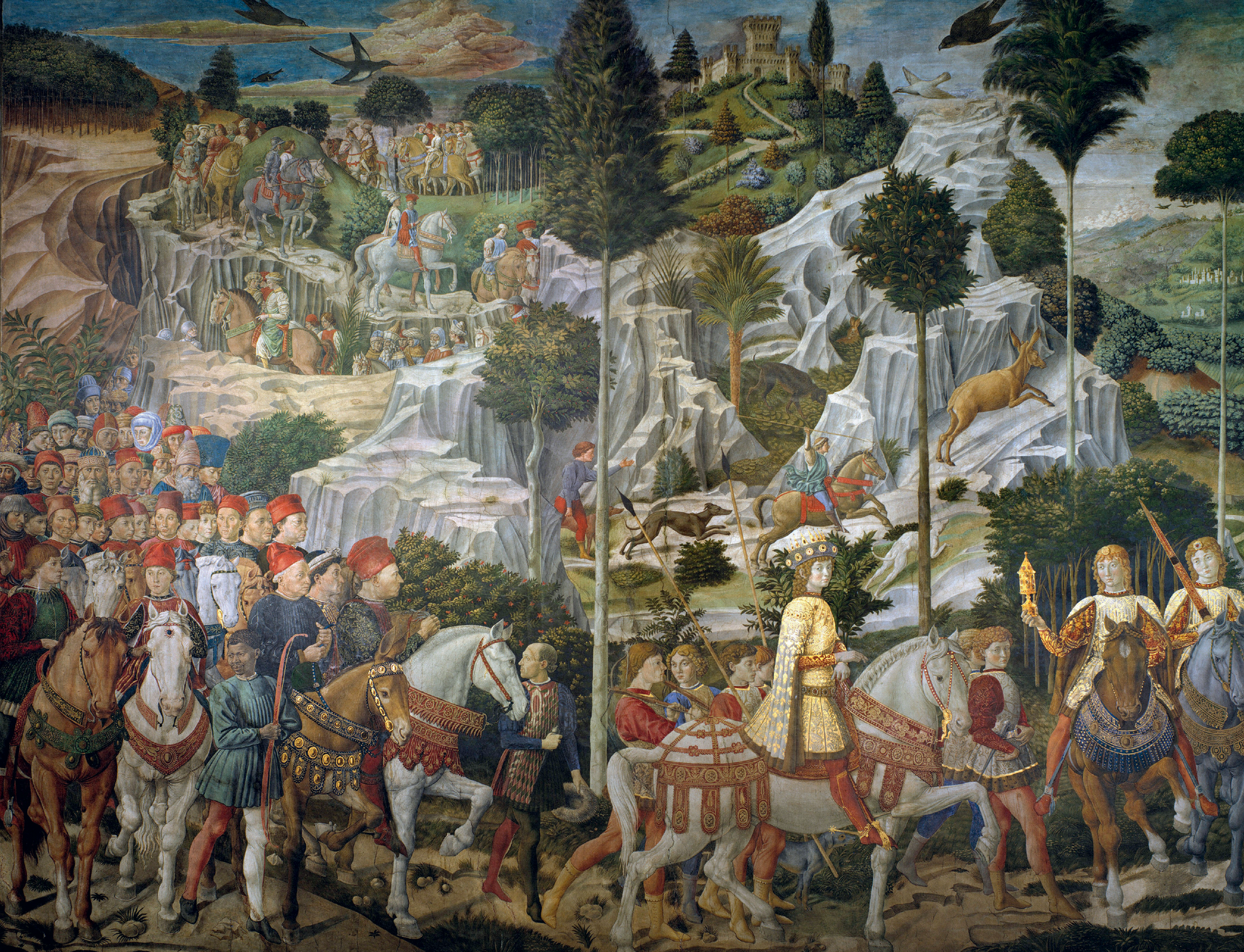
My Favourite Painting: Teresa Dent
Teresa Dent of the GWCT chooses a glorious Renaissance masterpiece.
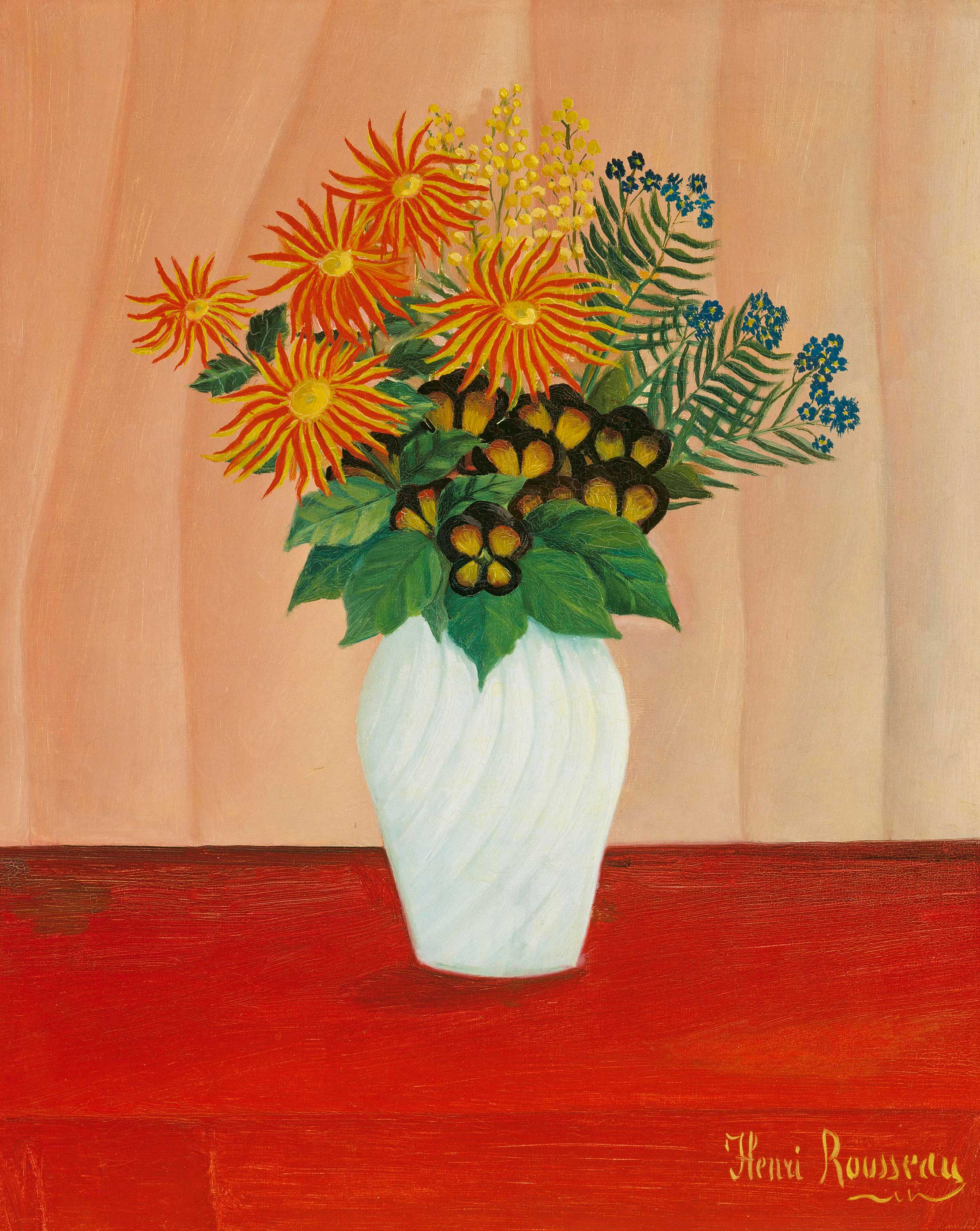
My favourite painting: Charlie McCormick
Charlie McCormick makes his choice: a Henri Rousseau classic.
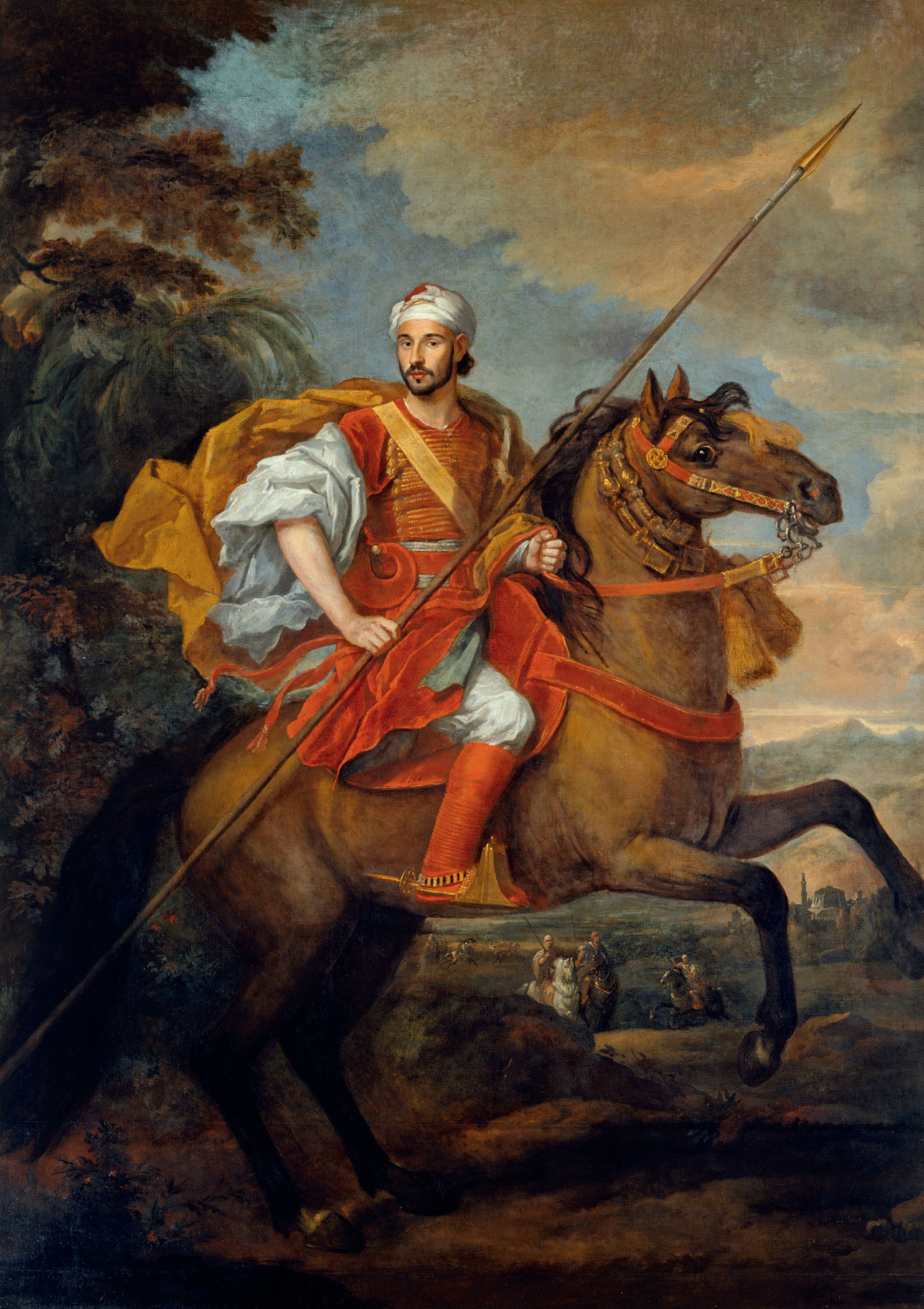
My Favourite Painting: Xanthe Arvanitakis
The director of Chiswick House chooses a dramatic 17th century portrait.
Exquisite houses, the beauty of Nature, and how to get the most from your life, straight to your inbox.
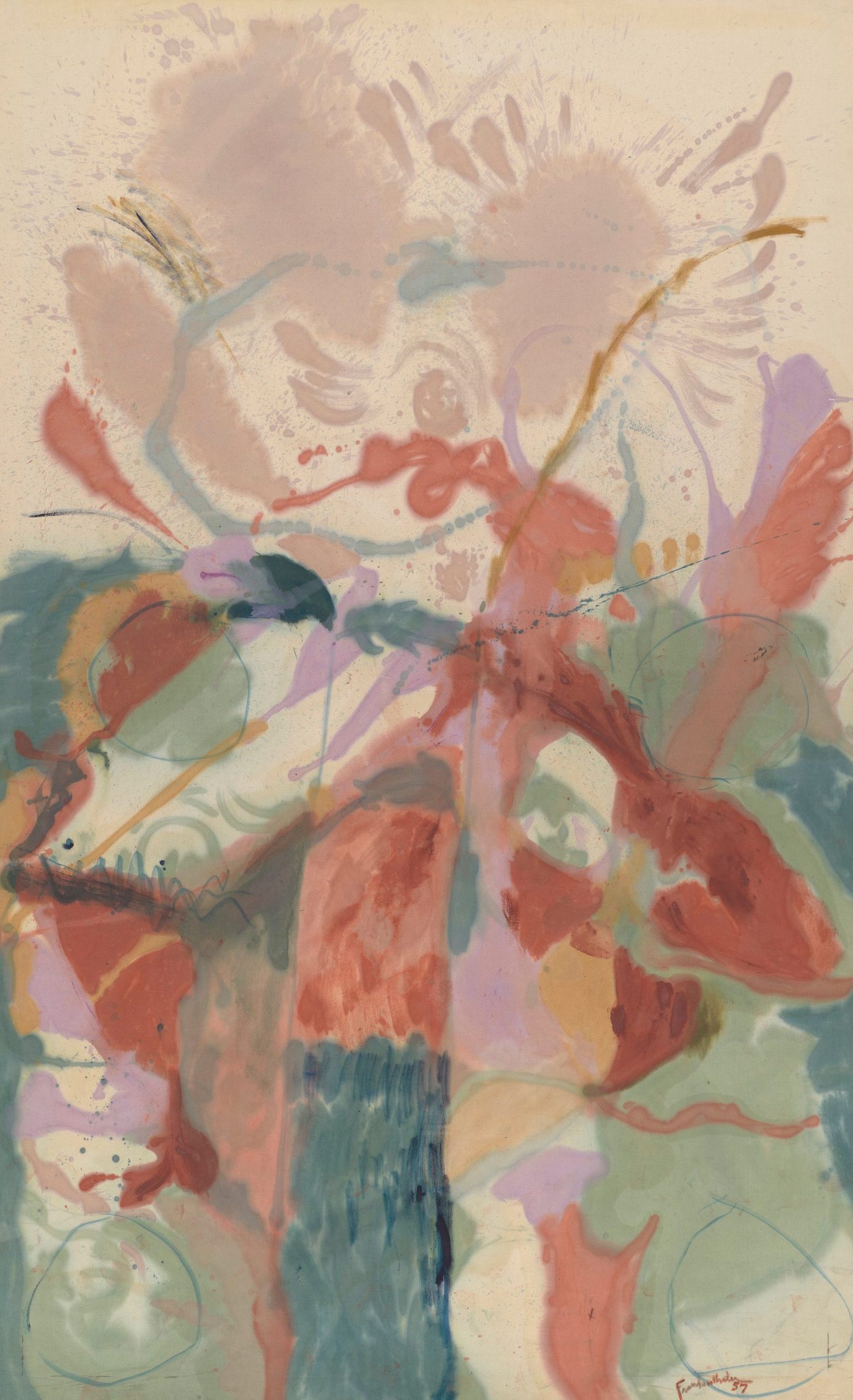
My favourite painting: Tarka Russell
The director of London's Timothy Taylor Gallery enthuses about the connection between Heaven and Earth depicted in this gigantic, colourful
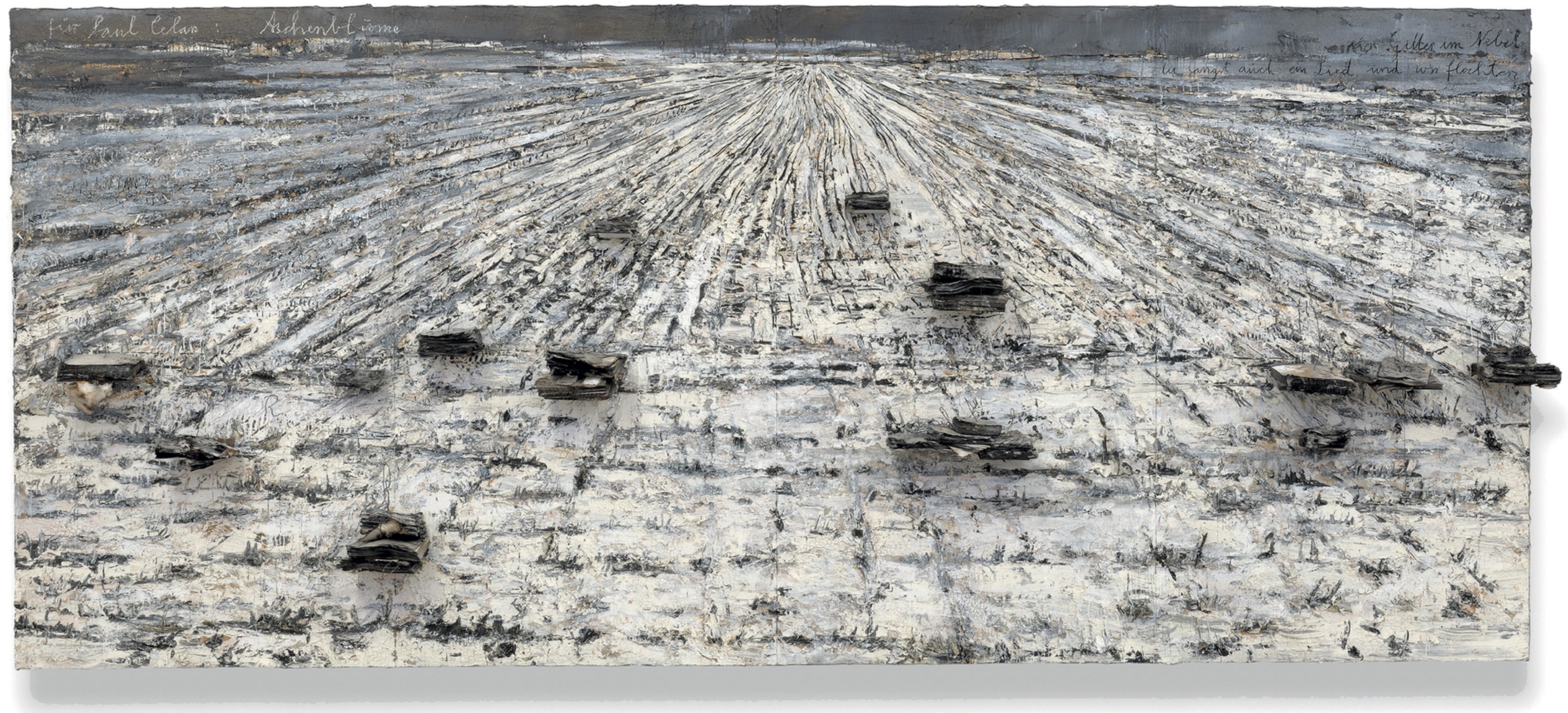
My favourite painting: Jacquiline Creswell
The visual-arts advisor and curator at Chichester Cathedral chooses a huge painting that is 'an assault on the senses'.
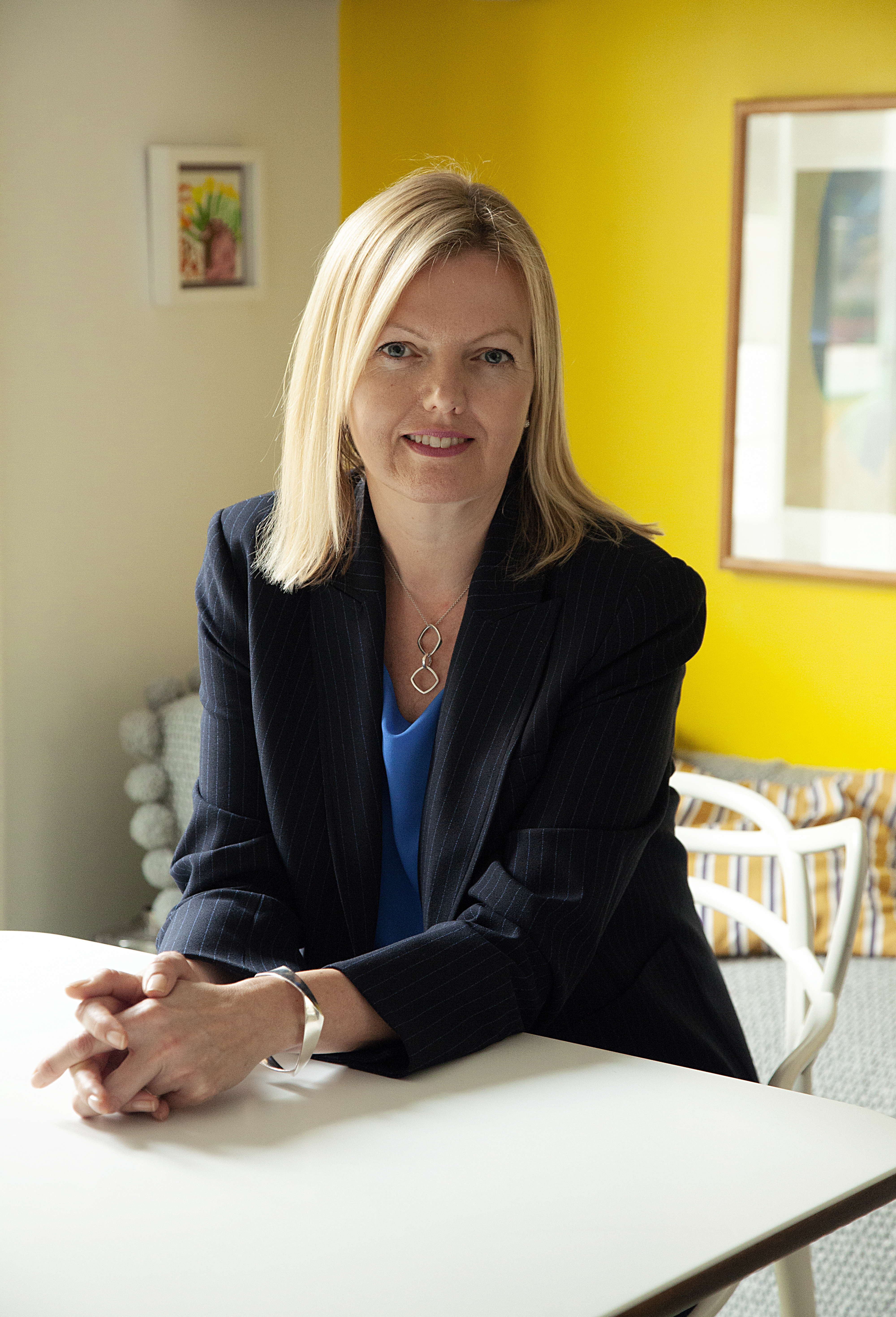
Charlotte Mullins is an art critic, writer and broadcaster. Her latest book, The Art Isles: A 15,000 year story of art in the British Isles, will be published by Yale University Press in October 2025.